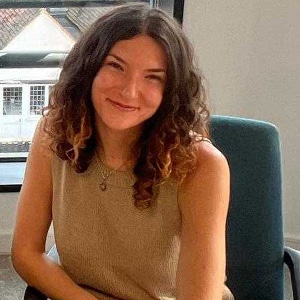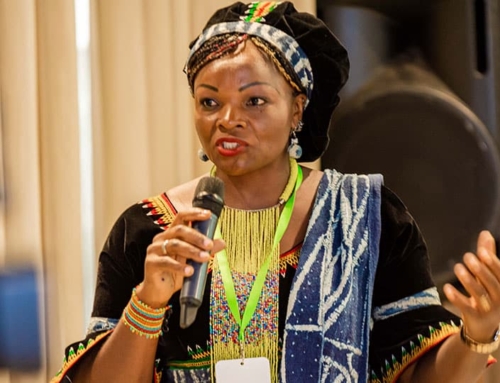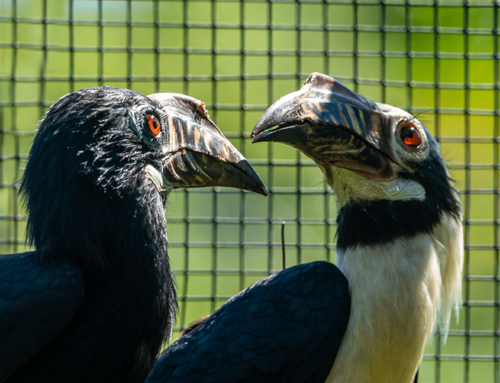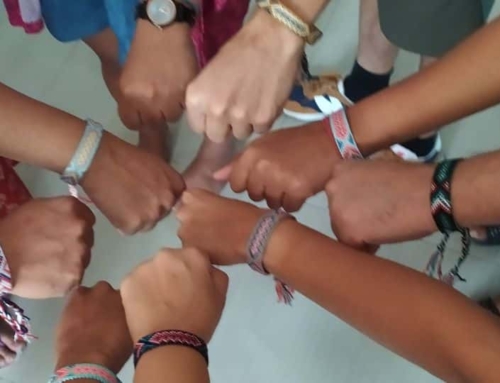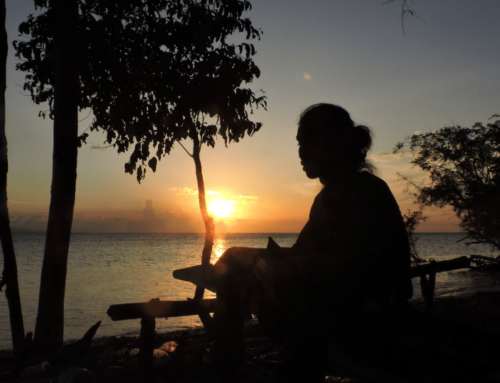We speak to Nerissa Chao, director of the IUCN SSC Asian Species Action Partnership (ASAP), about their new strategy and why investing in the people who will save species is key to conserving Southeast Asia’s rich biodiversity.
80% of Southeast Asia’s Critically Endangered land and freshwater vertebrate species are found nowhere else on the planet. On a mission to prevent the permanent loss of these animals, ASAP has already built a network including dedicated local conservationists and organisations. Their next step has been collaborating on how to have the most impact: what is missing, and what are we well-placed to support?
An interview with Nerissa Chao
In the conservation world, funding is usually granted on the narrow basis of meeting strict indicators and outputs – in short, supporting projects, but not people. ASAP is working to change that.
For those working for nature in Southeast Asia, where contexts for civil society are particularly challenging, supporting those protecting the precious life this region is home to is more important than ever.
Identifying and filling the gaps in Asian species conservation, their transformative new strategy is based on investing in the people who will save Southeast Asian species. Why? Because the individuals, groups and local communities passionate about saving Southeast Asian wildlife are the pillars of effective conservation action on the ground. Equipping them with the skills and resources needed to continue and expand their activities is key to halting further extinctions.
Throughout the discussion, Nerissa makes it clear that though increased funding is essential, there is so much value in a holistic approach – whether that’s women’s leadership training, facilitating networking, or looking after wellbeing.
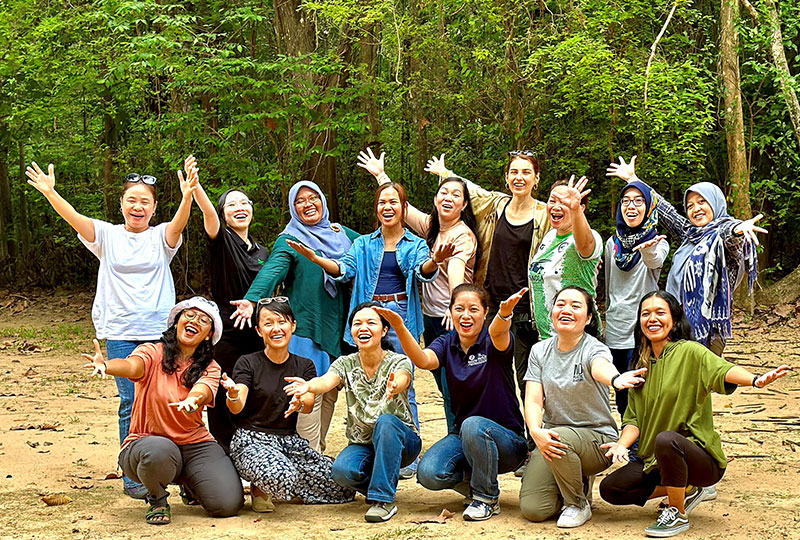
Synchronicity Earth has supported ASAP’s crucial work since 2018. Their Women in Conservation Leadership Programme has included women conservationists from our shared partners, PROGRES Sulawesi, Talarak Foundation and WildAct. © ASAP, Nerissa Chao
What is ASAP and why is it needed?
Southeast Asia is a biodiversity hotspot, but also a hotspot for threats and threatened species. ASAP was created to address this urgent need for conservation action. It was clear that no single organisation could tackle this alone, so a partnership approach was not just a powerful opportunity – it was essential. ASAP began with a collective agreement among various organisations, growing from 60 members in 2016 to more than 200 today.
We act as a link to support, foster and strengthen these relationships, learning from our network as we go.

“Being part of ASAP’s network is fantastic. It goes beyond funding and training, creating a community for collaboration and knowledge-sharing.” – Irhamna Putri Rahmawati, WRC Jogja © Wildlife Rescue Centre Jogja
What has your journey been in conservation and what drew you to ASAP?
My early career managing projects on the ground in Africa and Vietnam exposed me not only to the challenges faced by conservationists and the realities for communities living alongside wildlife, but also the importance of effective collaborations. Crucially, ASAP’s model means we can support multiple organisations advocating for overlooked species. I get to work with amazing teams, fostering an inspiring community of conservationists.
What has ASAP’s main focus been?
Though important conservation efforts are ongoing in the region, many species are falling through the cracks. Since 2016, we have focused on identifying these gaps and where we can add value – in particular for the most neglected species.
There are major obstacles for smaller, national organisations. These lesser-known groups can struggle to reach donors and access the funding they need – not to mention the language barriers, formal proposals, and administrative burdens that come with these processes.
For many new civil society organisations, they are the only team dedicated to conserving a particular species in the area. Embedded within communities, they’re invaluable to conservation efforts, so ASAP helps to mitigate these barriers.
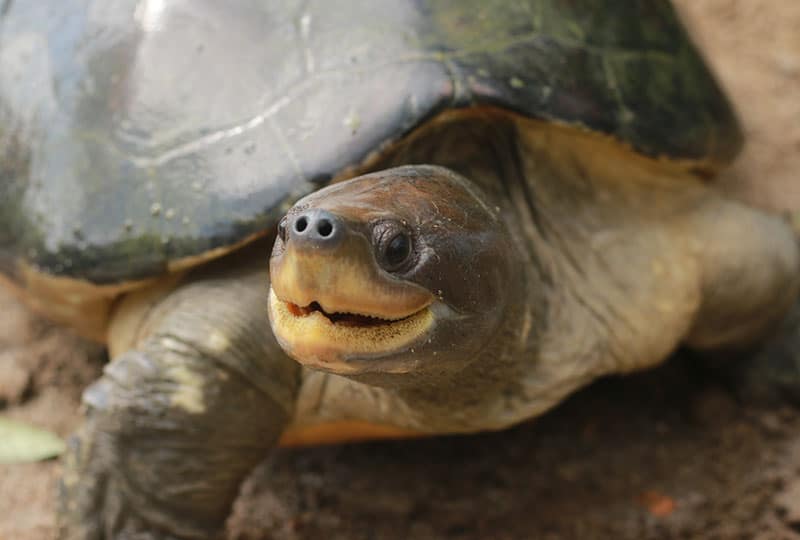
“The ASAP grant helped us to expand our efforts to save Painted Terrapin in Langkat, North Sumatera. This is critical for the long-term survival of the species.” – Joko Guntoro, SatuCita Foundation. © SatuCita Foundation
What are you most proud of?
In 2020, we launched our first two conservation funds, which has now grown to four. This includes our Species Conservation Fund, Species Continuation Fund, Rapid Action Fund and Partner Networking Fund. As well as supporting species, our funds mean we can provide bespoke support across the partnership – whether that’s peer-to-peer learning or responding quickly to emergencies, it’s a very exciting position to be in.
I’m also really proud of our Women in Conservation Leadership programme. This was a strategic decision to bridge the gap and support talented, driven women in conservation, recognising the cultural and structural barriers they face. For me, this is a standout achievement. Empowering women through skill development, confidence building, and wellbeing support, the programme is geared towards a more inclusive, value-led leadership style, supporting them to be leaders in a way that feels genuine and authentic.
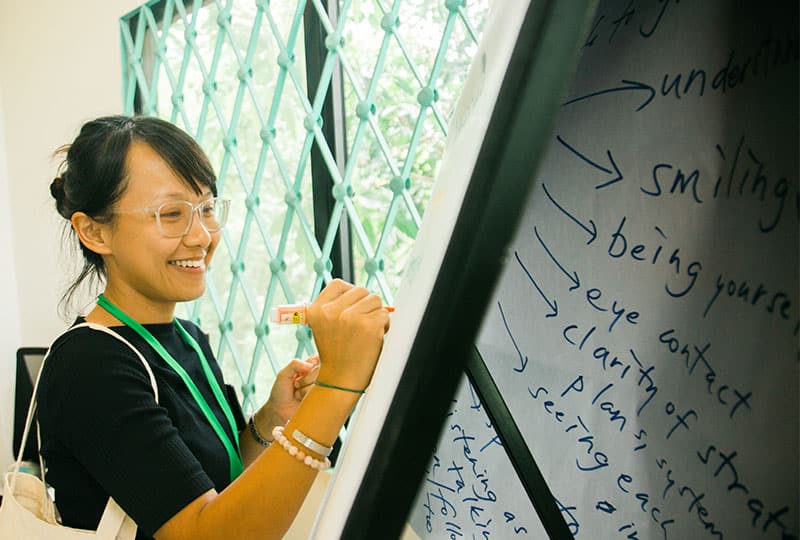
“This programme has made me realise that everyone faces similar obstacles, and I am not struggling alone. We can find ways to rise above challenges together.” – Amanda Shia, ASAP Women in Conservation Visible Leadership 2024 Participant © ASAP
Beyond skills, we’ve created a powerful network and strong community to help women succeed and thrive – this has been really valued by our participants.
The other part, which has been really transformational, has been the wellbeing component. It’s so needed in conservation and it’s less talked about in the region. We have a dedicated wellbeing lead, a GP doctor by training who has been in the conservation sector for 20 years, who leads our wellbeing sessions as well as providing individual 1:1 wellbeing support.
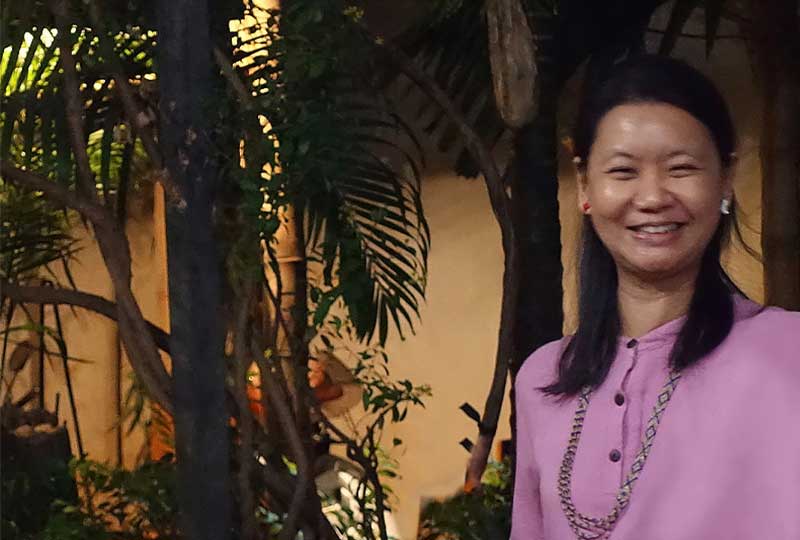
“The world needs more compassionate and empathetic women in conservation leadership, and this programme has provided us with the necessary skills to be visible leaders.” – Chen Pelf Nyok, ASAP Women in Conservation Leadership Programme 2023 Graduate
Why is investing in people important for conservation?
I think everyone now recognises that conservation is so much more than species or habitats: conservation success depends on the people delivering solutions on the ground. Within our Partnership are incredible people and organisations working in the region and a wealth of knowledge and expertise, but can we be doing more to achieve greater impact? The answer is probably yes. By providing resources and support, not only funding for project support and organisational development but also personal growth, we help individuals and local organisations to reach their full potential.
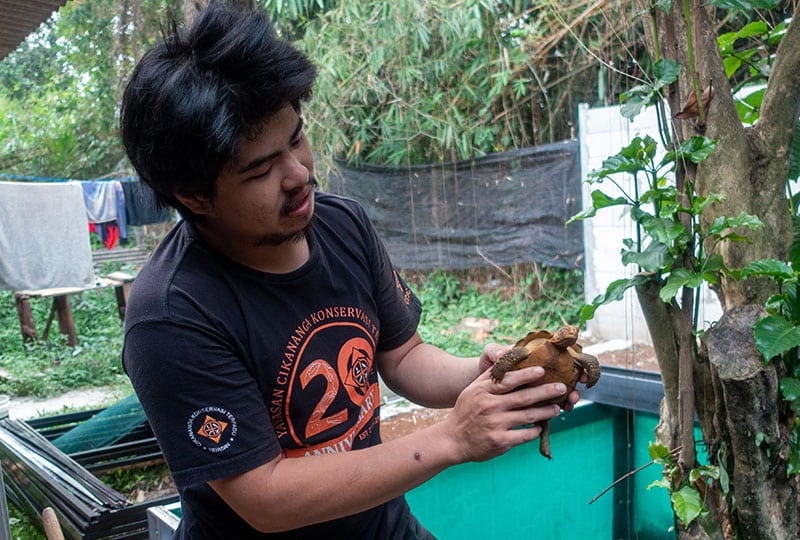
“ASAP grants are important because we can gain support financially and through networking and mentoring.” – Nathan Rusli, Indonesia Herpetofauna Foundation © ASAP, Daniel Willcox
What challenges have you faced in building capacity in Southeast Asia?
We started to collate and share opportunities with the wider partnership, but it became clear that there was a lack of specific training programmes for this region. Of what was available, it was often very technical, and with cost, language, time zone or travel issues, it wasn’t easy. On top of that, there wasn’t anything developed specifically looking at the context in Southeast Asia. This is why we’ve taken a more holistic, tailored approach learning from our Partners what they need the most.
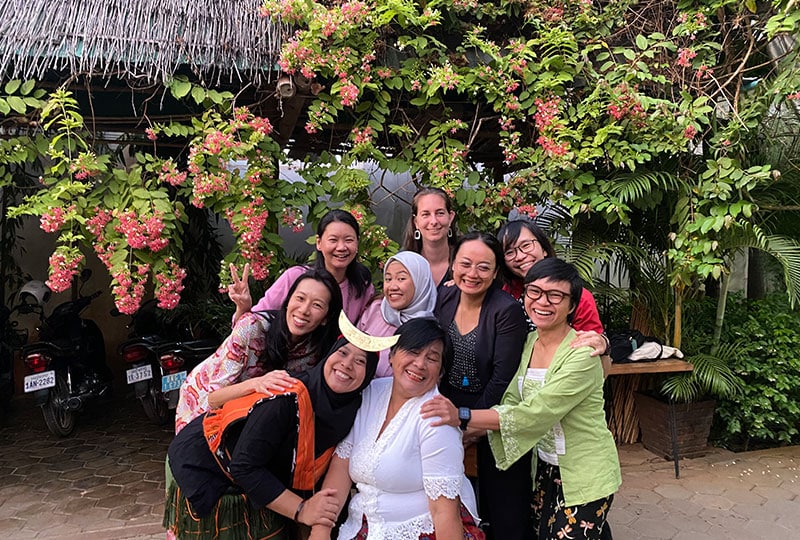
“There’s no other programme giving this opportunity to women working in conservation leadership roles in this part of the world.” – Akchousanh Rasphone, ASAP Women in Conservation Leadership Programme 2023 Graduate © ASAP, Elizabeth Zhang
How will the new strategy help build regional capacity and leadership?
Our new strategy focuses on developing targeted training opportunities and supporting organisational development. From here, it’s not so much about growing the partnership in terms of numbers, but how much we can support the organisations that are within the network.
We’ve worked with capacity development providers to address the needs our partners have highlighted, moving away from short, one-off sessions, towards multi-year grant agreements and programmes that provide long-term support and impact for partners.
COVID really highlighted the fragility of current systems, so we’re focusing on how to help our partners become as resilient as possible. Given Southeast Asia’s higher chance of natural disasters, extreme weather events and climate vulnerability, these proactive measures are critical.
What do you want people to know about supporting conservation in Southeast Asia?
We’ve been really lucky to have donors who’ve let us pilot a number of different training programmes. It’s such a valuable process to adapt our approaches moving forward. Still, we’re always seeking more donors to join our pooled funding approach to scale up our funds allowing us to support more organisations through direct funding, capacity development and trainings.
We have to embrace these opportunities to be flexible, keep experimenting and learning. For example, it’s important for us to be as partner-led as possible, so moving into the second cohort of the ASAP Women in Conservation Visible Leadership programme, we’ve acted on feedback to tweak the programme, including more regional representation into the facilitation and delivery design team, and more individual coaching.
Beyond that, I’d recommend hearing directly from the organisations we work with. Of course, we believe in what we do, but the feedback from those who have benefited really highlights the impact of these efforts.

Participants sharing their stories at ASAP’s 2024 Women in Visible Leadership Programme. © ASAP
Southeast Asia has the highest vertebrate extinction rate in the world. With Southeast Asian species in crisis, the focus is rightly on preserving them. But it’s not just species falling through the cracks: the web of people, communities and conservationists working to protect them are just as connected as the ecosystems they reside in – and just as much a part of the story to save them.

